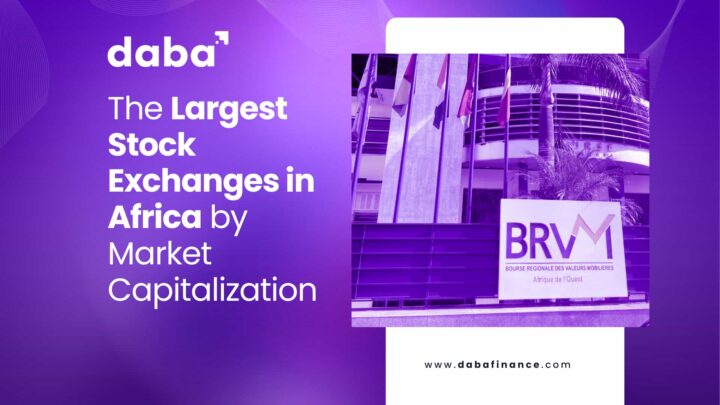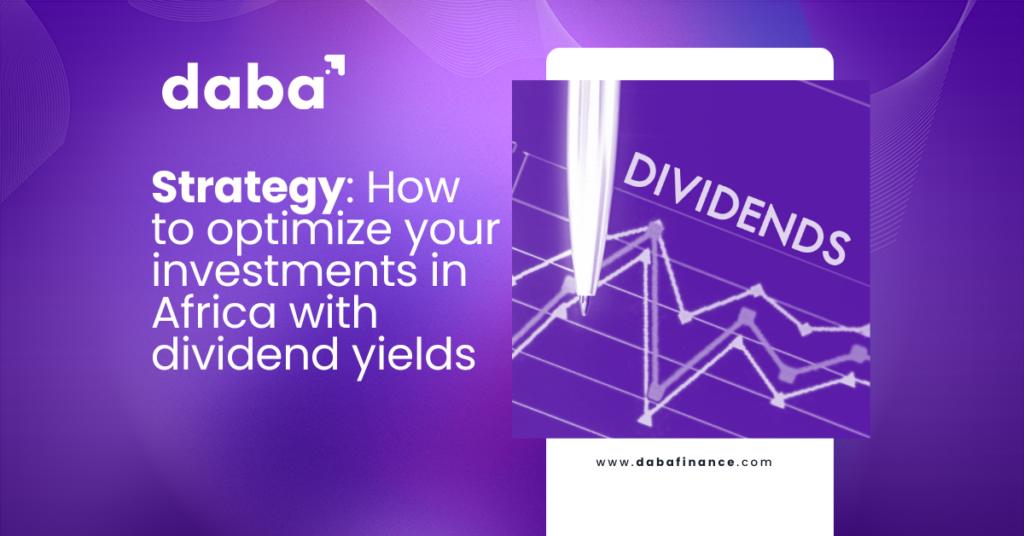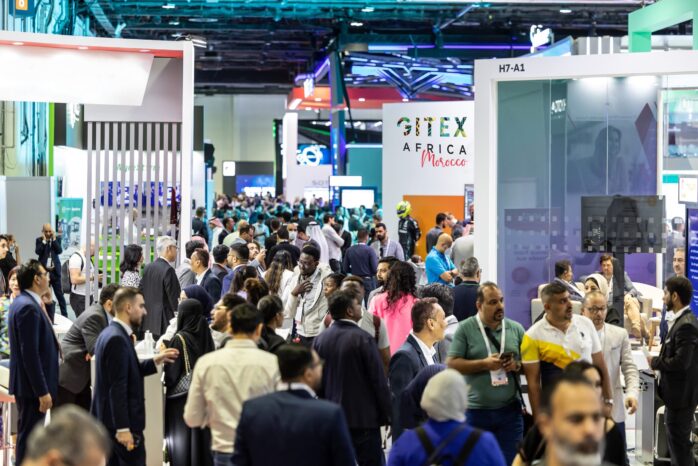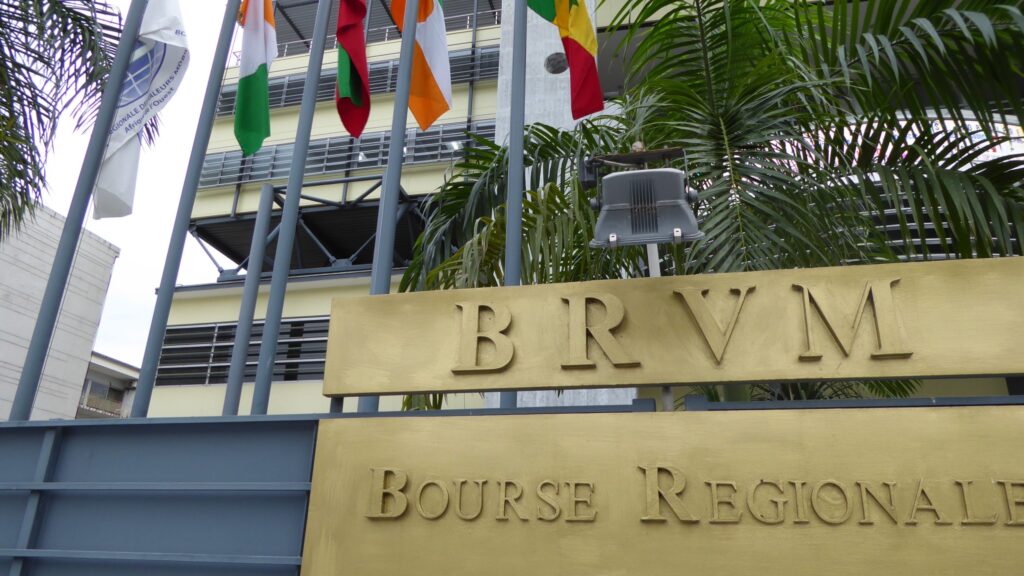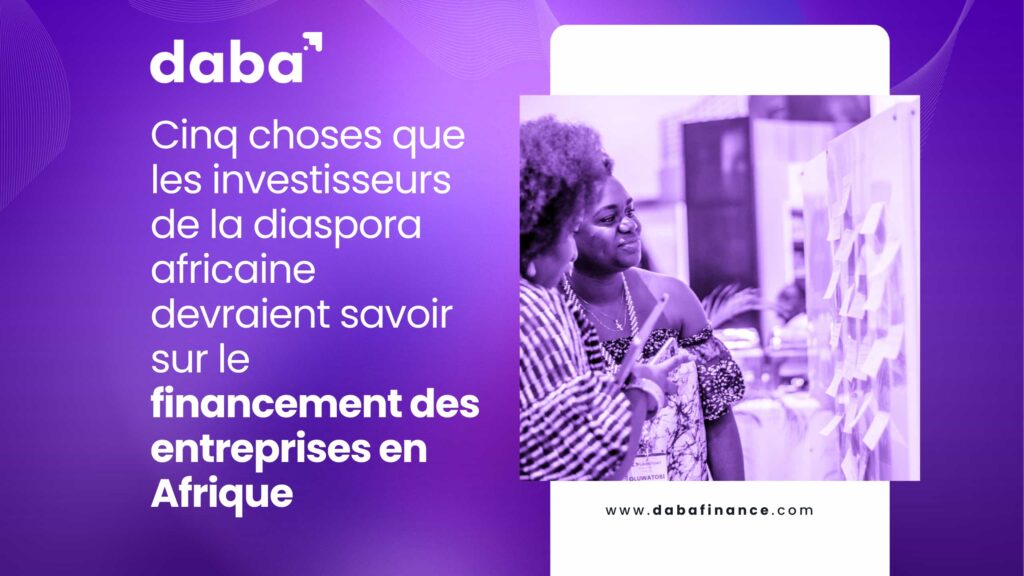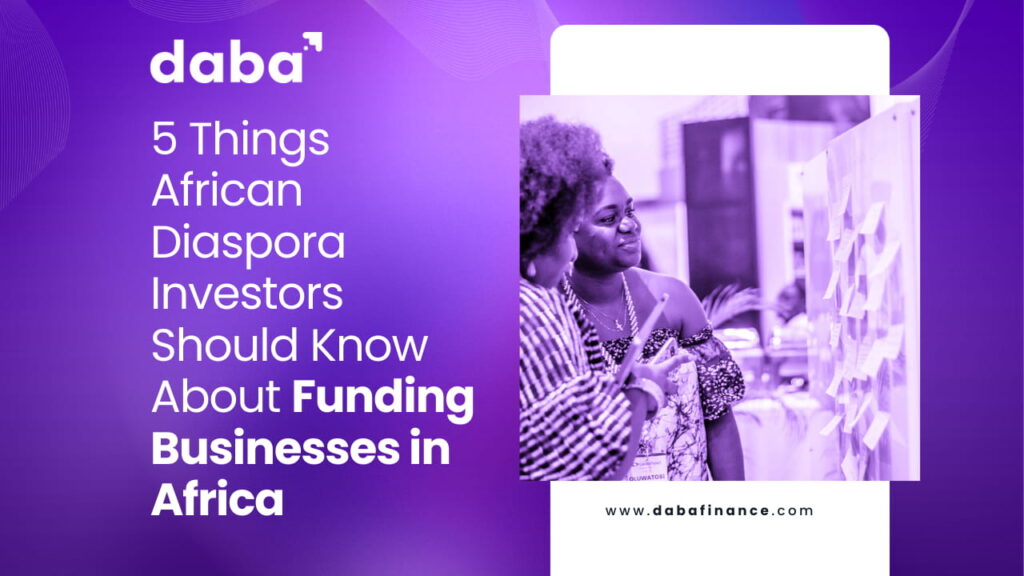Raising capital for startups is tough, and it’s even harder during an economic downturn. Venture capitalists (VCs) are now more selective, and startups find it more challenging to secure funds. Investors scrutinize financials more closely, and it takes longer to make decisions. Despite these challenges, the fundamentals remain the same: investors look for long-term prospects and strong founding teams.
In 2022, venture capital was abundant, but by 2023, funding dropped by about half globally. This shift was influenced by rising interest rates, which caused a 3.2% decline in VC capital for every 1% increase in rates. Higher interest rates also made debt financing less attractive due to increased borrowing costs.
African startups, which had resisted the 2022 funding slowdown, experienced significant drops in 2023, aligning with global trends. Data showed that African startups raised between $2.9 billion and $4.1 billion in 2023, down from $4.6 billion to $6.5 billion the previous year. This reduction was anticipated as deal frequency had already been slowing in the preceding months, indicating investors’ growing caution.
Despite the difficult environment, there is still hope. VCs have substantial funds (“dry powder”) and deals are still happening, though at a slower pace. Here are strategies for raising venture capital during a downturn:
1. Start Early
Fundraising takes longer now, so start earlier than you would have in previous years. Prepare your pitch meticulously, ensuring all financial documents are accurate. Focus on showing how you plan to retain and grow revenue rather than just expansion. Readying your pitch is a multistep process: gather all necessary financial documentation, check for accuracy, and consider presenting a business model that emphasizes stability and revenue growth in the near term.
2. Restructure Your Budget
Create a robust budget by forecasting cash flow. Cut operational costs without affecting production, such as reducing office space by having employees work from home. Delay expanding departments or cut vendor costs to manage monthly expenses better. Iron-clad budgets are necessary during growth stages and periods of stagnating revenue. Cash flow forecast sheets can help design a new budget and identify areas to cut costs. Consider measures like holding off on hiring, negotiating better terms with suppliers, or finding more cost-effective ways to operate.
3. Focus on Successful Products
Emphasize what’s already working. Investors want to see positive results. In a downturn, consumer spending might drop, but if certain products or services are still doing well, highlight these in your pitch. If your startup has a product or service that continues to generate revenue, make this the centerpiece of your strategy. Investors are reassured by proven success, especially in uncertain times.
At Daba, we understand the unique challenges faced by startups during economic downturns. Contact us today to discover how our platform can help you navigate these turbulent times and secure the funding you need to grow.
4. Reduce Burn Rate
Keep your cash consumption low to avoid running out of money. Reduce spending in non-essential areas. Regularly update your budget and burn rate to show investors you have a solid financial plan. Burn rate, the rate at which a company uses up its capital, should always be monitored. Cutting costs in non-essential areas is a quick way to reduce the burn rate. Consider flexible budgeting and keep adjusting based on revenue and cash flow forecasts.
5. Extend Your Runway
Ensure you have at least two years of runway with any new funds. If your runway is short, raise more capital to prevent cash flow problems. Discuss strategies with your investors to avoid constant fundraising, which can hinder execution. The runway is the amount of time a startup can operate before running out of money. Secure enough runway to last through the downturn, and communicate openly with investors about strategies to extend this period. Consider raising additional funds or cutting costs to increase your financial buffer.
6. Be Proactive
Address issues like declining revenue or rising costs immediately. Keep your investors informed with transparent financial statements. Monitor cash flow and burn rate closely to avoid surprises. Tackle problems as soon as they arise. If you see a dip in revenue or an increase in costs, take action immediately. Transparency with investors is crucial; provide them with real numbers to back your concerns and show that you’re managing the situation effectively.
By leveraging Daba’s services, you can streamline your financial operations and maintain a healthy burn rate. Reach out today for tailored advice and strategies on how to weather economic downturns.
7. Limit New Projects
Hold off on launching new projects. Focus on maintaining current revenue streams. New projects can be revisited when the economic situation improves. While launching new initiatives can be exciting, during a downturn, it’s safer to focus on what’s already working. Maintain consistent revenue by keeping current clients happy and postponing new ventures until the market stabilizes.

8. Be Realistic with Valuations
Accept that high valuations are less common. Down rounds, where shares are sold at a lower price than in previous rounds, are now more frequent. Engage with existing investors early to navigate these challenges. Sky-high valuations are a thing of the past. Be prepared for down rounds and consider investor-friendly terms to avoid them. Engage existing investors early to maintain support and understand their expectations.
9. Highlight Business Model Fundamentals
Clearly explain your business model and path to profitability. Investors are cautious and want to see strong financial fundamentals. Show how you plan to use resources efficiently and achieve profitability. Emphasize the fundamentals of your business model. Demonstrate sound unit economics and a clear path to profitability. Investors now prioritize financial stability and resource efficiency.
10. Leverage Existing Investors
Target investors who understand your sector and stage of development. Existing investors are valuable as they are familiar with your business and may be more likely to invest additional funds. Deliberately target investors with experience in your sector and stage. Existing investors can be crucial; they understand your business and may be more willing to invest further. They also have a vested interest in your success.
11. Focus on Founders
The quality of the founding team remains crucial, especially for early-stage startups. Highlight your expertise and why you are the best person to lead the company. Even in a tougher market, the quality of the founders is a major draw. For early-stage startups, where financials may be sparse, emphasize the founders’ expertise and ability to grow the company.
12. Consider Alternative Funding Sources
Look beyond traditional VC funding. Explore grants and philanthropic organizations, especially if your startup addresses common good areas like climate tech. When traditional VC funding is hard to secure, get creative. Look for grants or philanthropic funding, especially if your startup serves the public good, such as in climate tech.
13. Keep Your Team Motivated
During tough times, it’s crucial to keep your team motivated. Laying off employees may be unavoidable, but try to keep your top talent engaged and excited about the company’s future. Retaining key staff is vital for growth and stability.
Effective pitching during a downturn requires balancing optimism with a solid understanding of current realities. Detailed planning, careful execution, and resilience are key. Building relationships and trust with investors is essential, as is leveraging existing investors for support and advice.
Fundraising is not just about getting money; it’s about forming partnerships. Existing investors, who have already shown faith in you, can be a vital resource. Leverage their experience and willingness to help guide you through tough times.
In summary, raising capital during a downturn demands meticulous preparation, realistic expectations, and a clear demonstration of your startup’s viability and adaptability. By focusing on what works, managing resources wisely, and maintaining transparent communication with investors, you can navigate these challenging times.
For more guidance, Daba offers resources to support you at every stage of the fundraising process. Contact us today to get started. Daba’s platform provides unparalleled access to investors, ensuring you have everything you need to succeed in the dynamic African and emerging markets.

